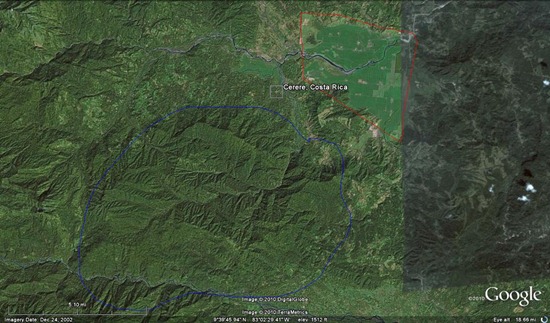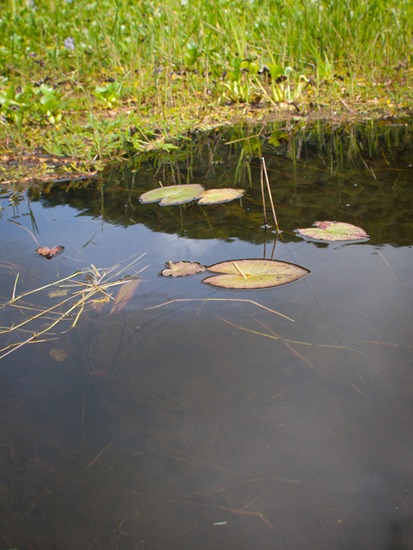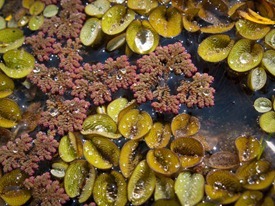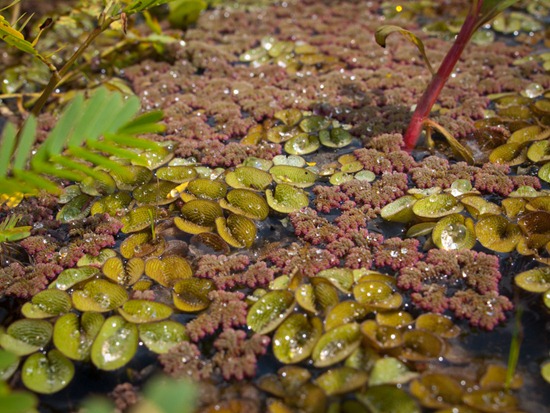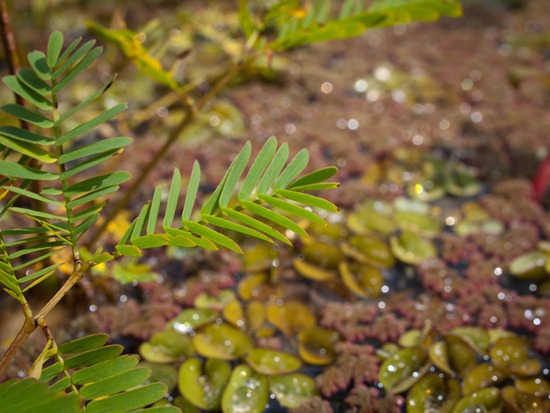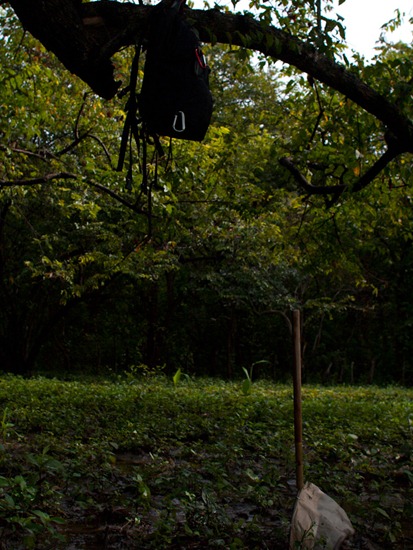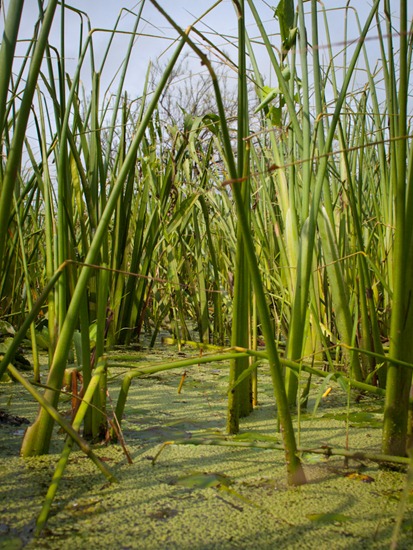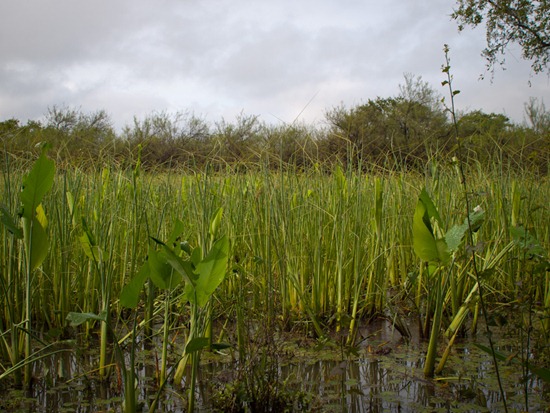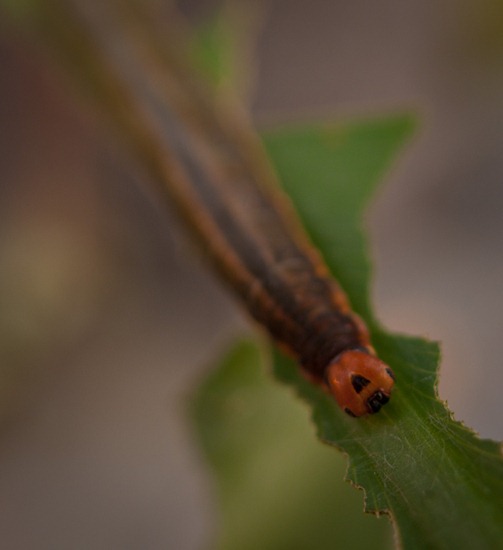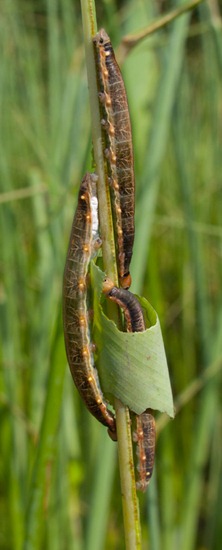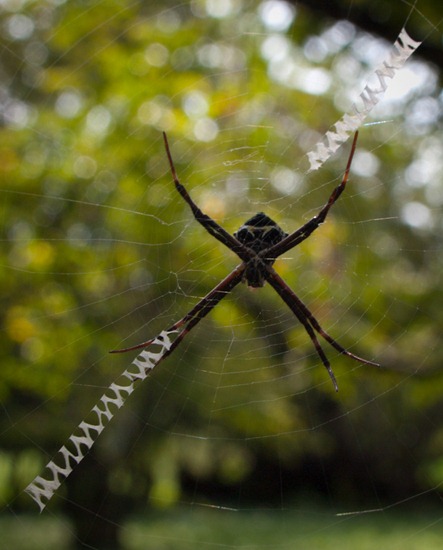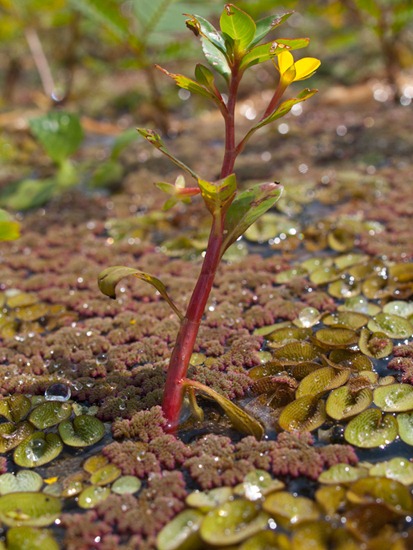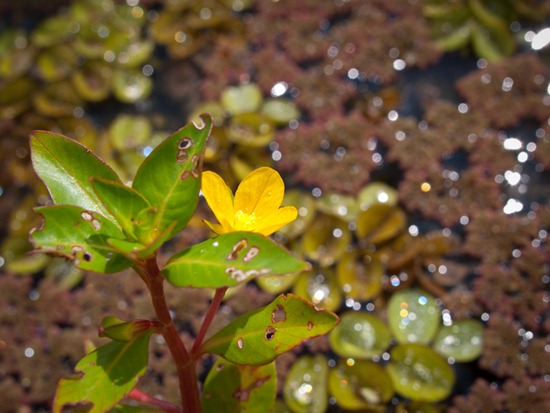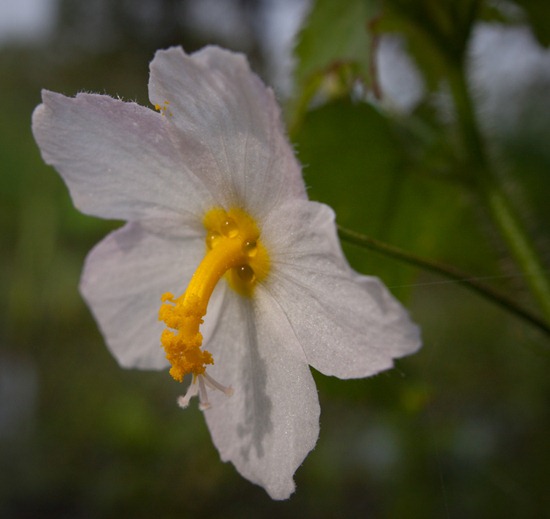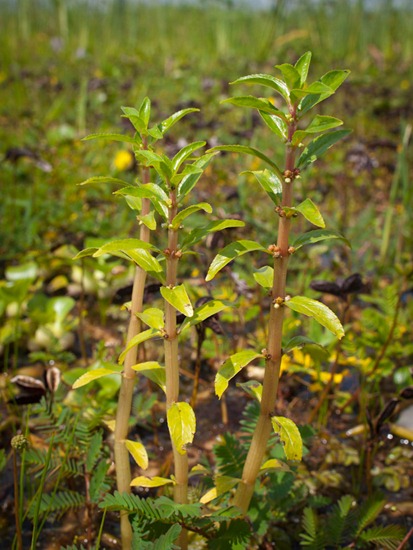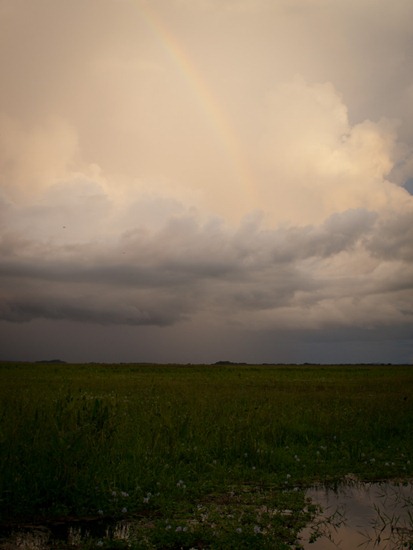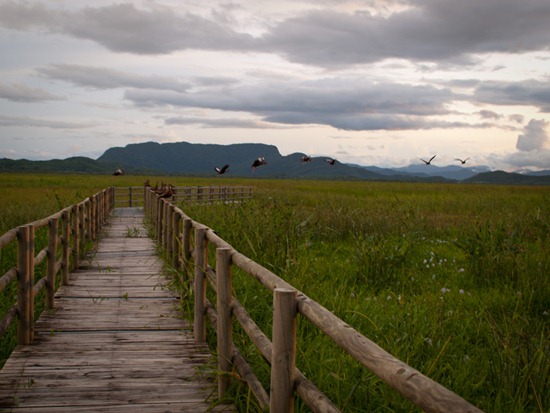| An hour and a half hike up the Hitoy Cerere River in the biological reserved named for the river, Boa and I came across the pictured waterfall spilling into the Hitoy. The name of the river comes from a language spoken by Native Americans in Costa Rica, and I think it translates to describe the clear water and rounded rocks covering the river bed.
The reserve is hidden away up the mountains from Dole’s banana plantations in Valle La Estrella (see the map below) and protects part of Rio Hitoy Cerere’s watershed and most of a few other smaller tributaries draining from the north. Guessing from experience in temperate and tropical systems, I’d estimate Hitoy to be a 5th order stream: large and open, but not reliably navigable. Further, the river is superficially similar to that in another reserve I’ve had the opportunity to visit near San Ramón – the San Lorencito in Reserva Biológica Alberto Manuel Brenes. The cline is certainly not as steep, and the fish assemblage is more substantial (i.e., high abundances of characids and greater fish diversity) due to the lower elevation of Hitoy, but the surrounding/riparian forests and soils are appear similar. ANAI, a group developing biomonitoring techniques for Costa Rica water ways, has used Hitoy as a referencing point for both aquatic invertebrates and fishes. Now… all I need is to develop a proposal examining elevational gradient effects on invertebrate and fish communities important in Costa Rican biomonitoring… then I can work in these unbelievably beautiful stream locations. |
 |
 |
